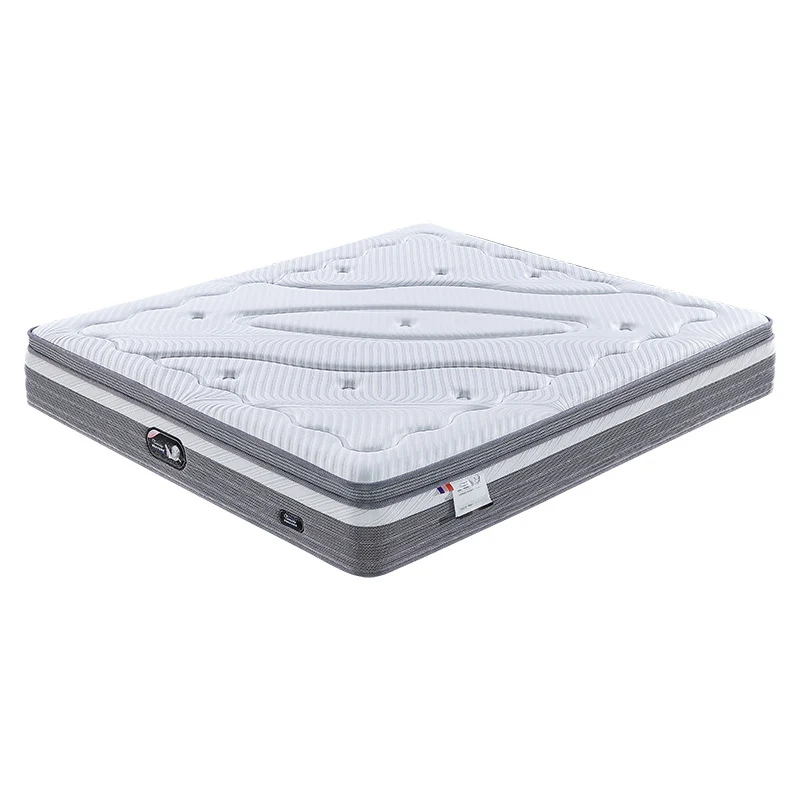The long-term deformation characteristics of the pocket spring mattress depend on the combined effect of its structural mechanical design and material durability. Although the structure in which a single spring unit is independently encapsulated in a breathable fiber bag can achieve lattice pressure dispersion, the mechanical coupling effect between the units will change dynamically with the use time. There is a negative correlation between the yield strength and fatigue life of the spring steel wire. In the repeated compression-rebound cycle of high-carbon steel, the plastic deformation caused by dislocation slip will gradually accumulate, which is manifested as a continuous decrease in free height.

The creep behavior of the packaging bag material directly affects the support stability of the pocket spring mattress. Polyester non-woven fabrics will relax the orientation of macromolecular chains under long-term pressure, resulting in an irreversible reduction in the thickness of the bag. This geometric deformation will change the initial preload of the spring, causing the elastic modulus of the local area to change gradually. The stress shielding effect of the edge reinforcement system of the pocket spring mattress decays over time, and the compression deformation recovery rate of the foam material under cyclic loads gradually decreases, resulting in a weakening of the boundary support force.
The interaction of the pocket spring mattress spring array is formed through the contact force transmission path. When adjacent springs deform asynchronously due to fatigue, the imbalance of the load distribution mechanism will aggravate local collapse. The aging brittleness of the hot melt adhesive bonding point increases, which may cause the spatial positioning accuracy of the spring unit to deviate. The temperature and humidity cycle will accelerate the oxidation and corrosion process of the metal surface and change the stress-strain curve of the spring.
The nonlinear development of material fatigue makes the deformation process present three-stage characteristics: rapid deformation in the initial microstructure adjustment period, gradual accumulation in the mid-term stable period, and sudden collapse in the late failure period. The uneven pressure distribution of the human body will induce preferential fatigue of the local spring group, forming a concave trajectory corresponding to the sleeping posture. Regularly rotating the mattress can optimize the load distribution and delay the process of non-uniform deformation.
This multi-factor coupled deformation mechanism shows that the performance degradation of the pocket spring mattress cannot be completely avoided, but the effective service life can be significantly extended by optimizing the carbon content gradient of the spring steel wire, improving the anti-creep formula of the packaging material, and enhancing the energy dissipation capacity of the edge structure.